‘It puts a target on our back’: Trump’s war on DEI and beards in military further ostracizes Black service members
Share
Explore Our Galleries
Breaking News!
Today's news and culture by Black and other reporters in the Black and mainstream media.
Ways to Support ABHM?
By Gerren Keith Gaynor, The Grio
“It’s just a complete slap in the face for all the minorities who actually give a damn about the country. We fight the good fight, just like everyone else,” said Marine Corps veteran Shadic Anderson.
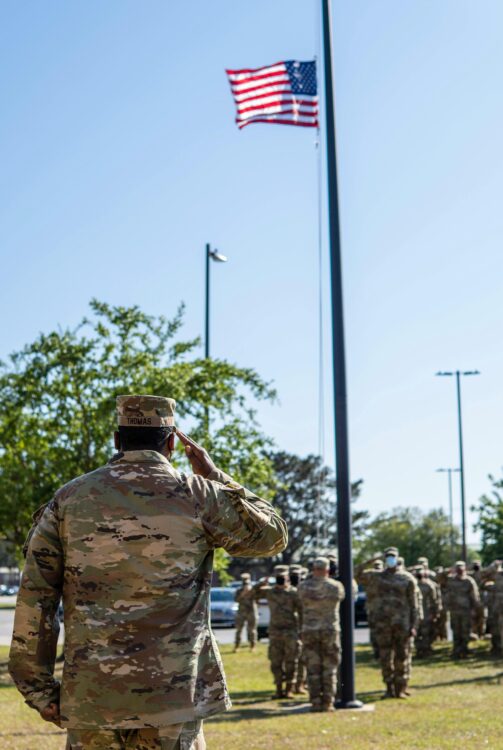
The Trump administration’s war on DEI is having a chilling effect on Black military service members, as advocates warn it’s part of a broader objective to exclude Black Americans from every corner of the federal government.
Last week, President Donald Trump and Defense Secretary Pete Hegseth delivered highly politicized speeches before the military’s top generals and admirals. They doubled down on their belief that diversity, equity, and inclusion policies lower the standard of so-called “fitness” and “preparedness” for the U.S. Armed Forces.
The Trump administration’s perceived hostility toward Black military troops was especially exemplified in a reversal of a decades-old grooming policy that allowed mostly Black service members to receive waivers and avoid having to shave due to a skin condition known as pseudofolliculitis, or PFB, which causes painful bumps. The condition affects 60% of Black men, according to the American Osteopathic College of Dermatology.
“The era of unprofessional appearance is over. No more beardos,” Hegseth said to the room of hundreds of military leaders.
“The Pentagon’s new grooming standards expose a broader assault on Black identity despite its guise of ‘uniformity,’” said NAACP President Derrick Johnson in a statement provided to theGrio.
Read on about this controversial policy reversal.
Exclusionary practices such as these serve as reminders of the continued struggle for freedom and equality.
For more informative stories visit Breaking News.
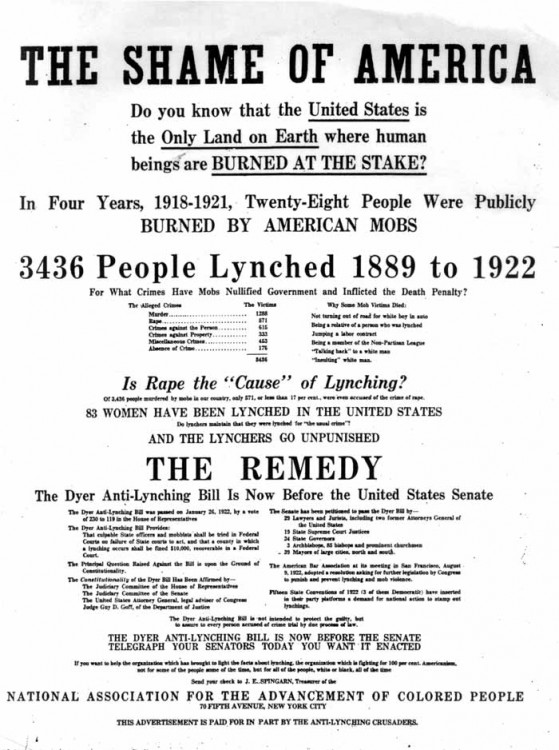
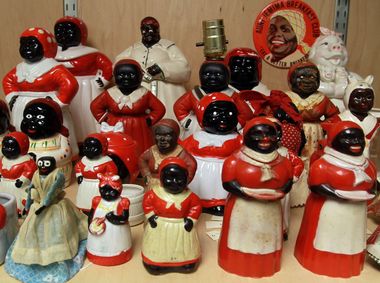
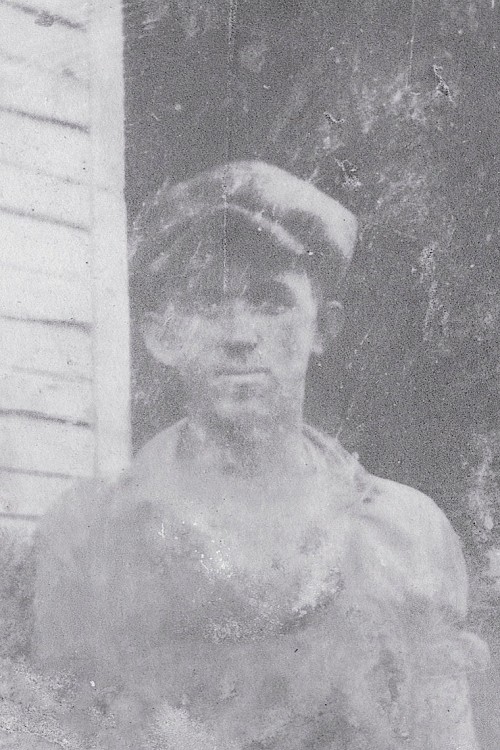
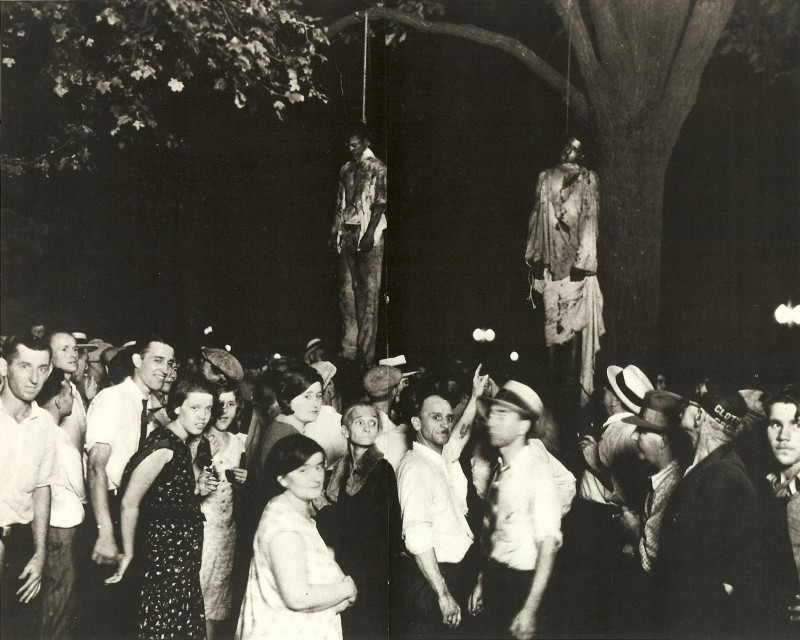
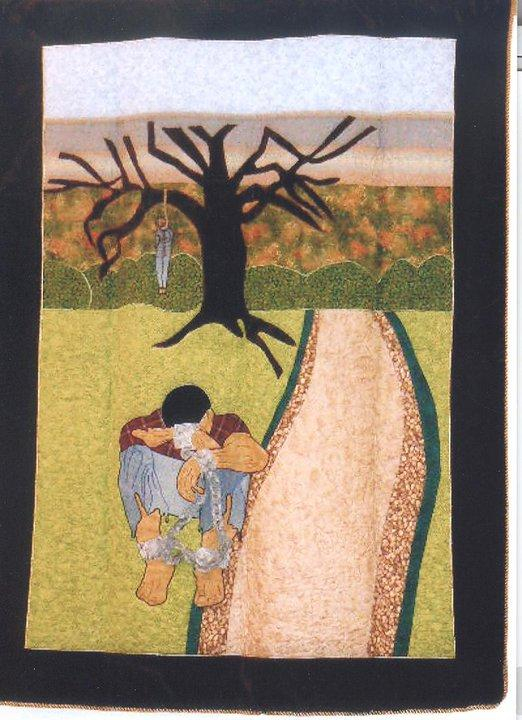

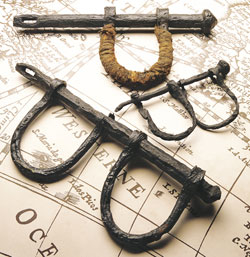

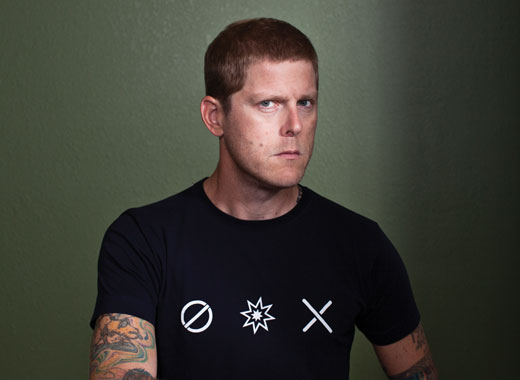
Comments Are Welcome
Note: We moderate submissions in order to create a space for meaningful dialogue, a space where museum visitors – adults and youth –– can exchange informed, thoughtful, and relevant comments that add value to our exhibits.
Racial slurs, personal attacks, obscenity, profanity, and SHOUTING do not meet the above standard. Such comments are posted in the exhibit Hateful Speech. Commercial promotions, impersonations, and incoherent comments likewise fail to meet our goals, so will not be posted. Submissions longer than 120 words will be shortened.
See our full Comments Policy here.